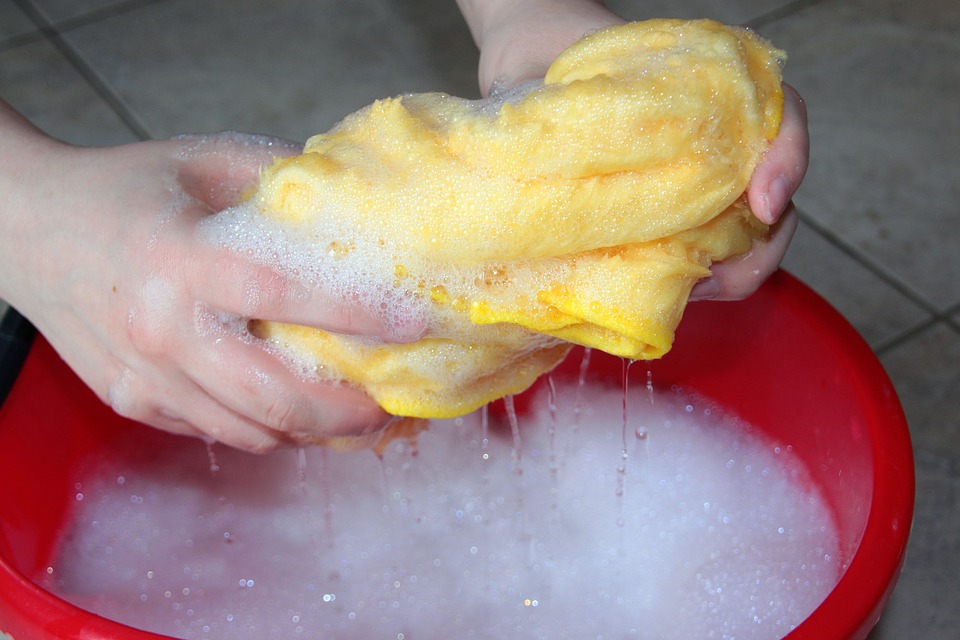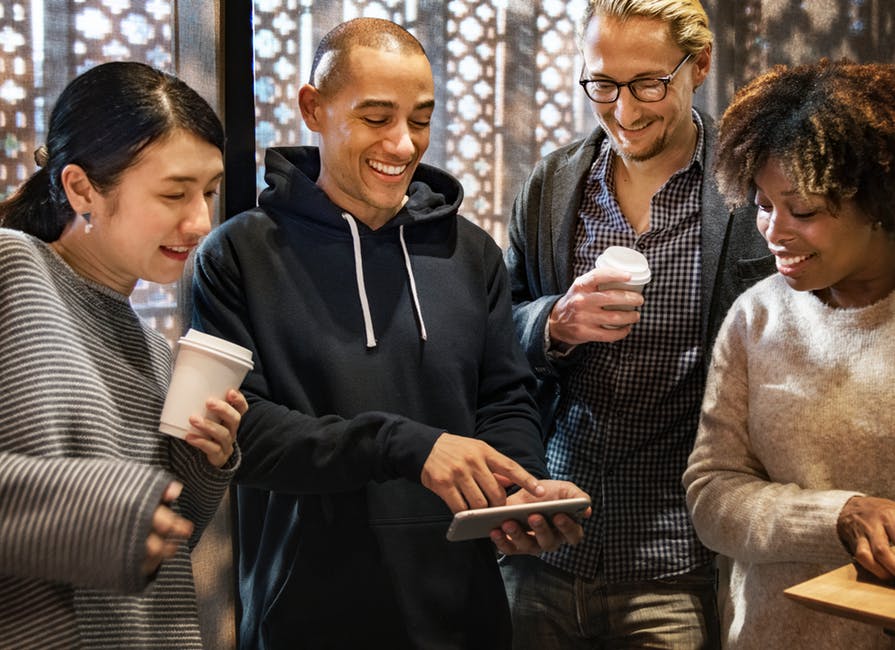After a digital detox, it’s important to remember what you gained from your time away from technology. If you simply resume being glued to your screens, then your detox probably won’t have much impact. Instead, consider:
- What did you really miss about having your phone on you all the time?
- What time-sucking apps or games did you live without?
- How did it feel to have less junk mail in your inbox each day?
- Which push notifications can you live without?
- How did your morning feel when you didn’t check any devices?
- Who were you able to give your full attention to because you put your phone away?
- After the first few hours of powering down your phone, how did you feel?
In order to not jump back onto the dopamine rush roller coaster, set some boundaries for device usage that work for you. For example:
- I will only check texts and emails after breakfast, before I head out the door. I will only respond to urgent emails before leaving home.
- While at the gym, I will only use my phone for work out analytics, music, audiobooks or podcasts.
- Phones won’t be used in the bedroom(s) or dining room.
- Anything work-related will not be opened after 6 pm.
- While driving, in lines, or at restaurants I will keep my phone in my bag/out of sight.

Vignesh Ramachandran, a participant in the device-free retreat called Camp Grounded (mentioned in Part 2), wrote guidelines for himself on his last day of camp:
- Tech is wonderful, but don’t forget about in-real-life connections.
- Stare at people, not just screens.
- Don’t worry about FOMO (fear of missing out). Yield to the present.
A digital detox is not a holistic solution for mindful living, but it can help raise awareness about the time and energy we give to our screens. Adhering to the boundaries we set can also help our brains re-wire – instead of reaching for our phones, we can train ourselves to take a breath and be more present.
Cultural analyst Sherry Turkle spoke at a TED event about how technology allows us to live in two places at once – our physical world, with things we can touch, see and smell – and the digital world – defining ourselves with photos, statuses and tweets. Turkle argues that by trying to be two places at once, such as at dinner with a friend and on Facebook, we divide our focus, squashing our ability to be present.

Instead of being happier having both worlds, we’ve got half of each, not fully experiencing the conversation with our friend or the conversation on Facebook. “We turn to technology to help us feel connected in ways we can comfortably control,” she says. “Being alone feels like a problem that needs to be solved.”
Technology can also pull us out of the moment, making it harder to be present. Happiness researcher Matt Killingsworth’s studies demonstrate that people are happier when they are in the moment, even if they aren’t doing an enjoyable activity.
“As it turns out, people are less happy when they’re mind-wandering no matter what they’re doing. For example, people don’t really like commuting to work very much. It’s one of their least enjoyable activities, and yet they are substantially happier when they’re focused only on their commute than when their mind is going off to something else,” says Killingsworth.
This means mindfully cleaning your house actually makes you happier than checking your texts while your friend or significant other talks about their day!

Co-founder of GoodThink and happiness researcher Amy Blankson reminds us that using technology isn’t bad, and it can make us happier. “Tech is not a toxin that we need to flush out of our systems—it’s a tool,” writes Blankson. “And it’s a tool that we must learn to wield effectively.”
Blankson’s suggestions for a healthy balance with devices include:
- Use technology intentionally, such as sharing photos from a family event, instead of scrolling on social media or playing games to pass time.
- Check email, news and social media only three times daily.
- Be choosy about apps. Use those that boost your social, emotional, physical, purpose and financial well-being.
- Plan times to disconnect and unplug.
Stay tuned for the last part of our Digital Detox series. It will feature eight additional strategies to help you be intentional about screen time!

Sources and Related Reading:
Alone Together – Sherry Turkle TED Talk
Want to Be Happier? Stay in the Moment – Matt Killingsworth TED Talk
Having Your Smartphone Nearby Takes a Toll on Your Thinking – Harvard Business Review
How to Keep Technology from Disrupting Your Happiness – Greater Good Science Center
How Phones Compromise Our Ability to Connect – Greater Good Science Center
Unplugging from Social Media – Greatist
How I Survived Without Tech at Digital Detox Camp – Mashable

